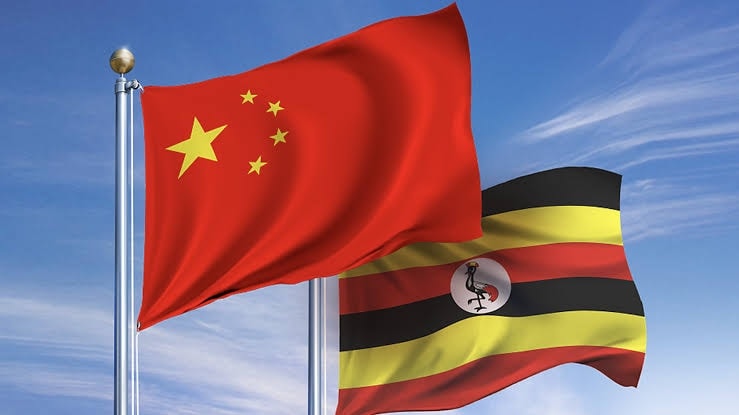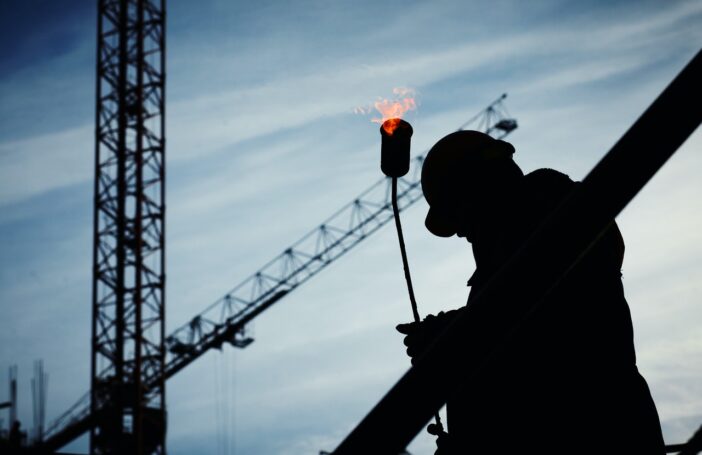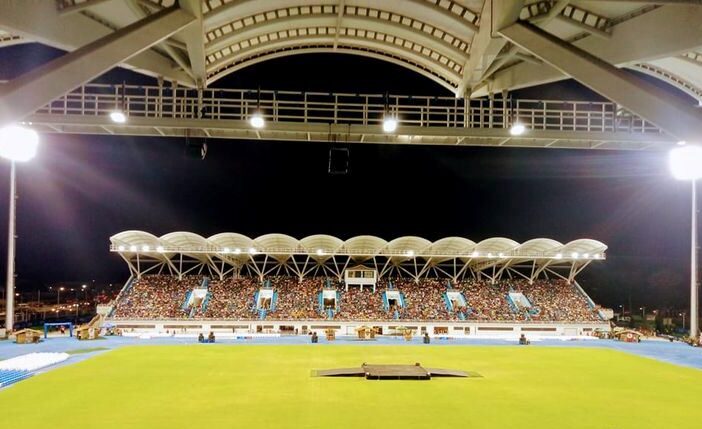Over the past decade, China’s involvement in Africa’s infrastructure sector has been enormous, with the Boston University Global Development Policy Center estimating that between 2000 and 2022 some 1,243 loans worth USD170.08 billion were given to 49 African governments and seven regional institutions. These investments have mainly been channeled through the Chinese Belt and Road Initiative (BRI), a flagship initiative rolled out in 2013 by the Chinese Government to invest trillions of dollars in physical infrastructure that links Asia, Europe, Africa, Oceania, and Latin America.
However, China’s investments in poor countries through the BRI have been met with mixed reactions. Some commentators are positive about them. In contrast, others, the majority of whom are Western governments, mostly led by the United States, describe the BRI as Beijing’s attempt to “deliberately entrap countries” in a web of debt to secure strategic advantage.
This post contributes to the ongoing debate on Chinese foreign investments by attempting to evaluate China’s infrastructure investments in Uganda.
Like any developing country, Uganda, a landlocked country in East Africa, battles with the challenge of underdeveloped infrastructure. According to research by Ogwang and Vanclay (2021), Uganda needs to invest at least USD1.4 billion annually in its infrastructure to achieve its aspiration, highlighted in the Uganda Vision 2040, of becoming an upper middle-income country by 2040. However, with a GDP of USD46 billion (2022) and central government debt passing 50% of GDP in 2021, the country relies on foreign capital to meet its development priorities. In fact, development partners funded 42% and 47.5% of the Uganda Works and Transport budget in the 2018-19 and 2019-20 financial years, respectively. In 2023-24, the government allocated 13.3% of its budget to the infrastructure sector.
Uganda has been ranked the second-largest recipient of Chinese loans in the East African Community, responsible for 33.9% of China’s USD 7.3 billion loans to the region between 2015 and 2022. China has also topped the list of the largest direct foreign investors in the country since 2009. Some of Uganda’s key Chinese-funded infrastructure projects during the 10 years of BRI’s existence include the USD350 million Kampala-Entebbe Expressway (KEE), the USD1.7 billion, 600 megawatt (MW) Karuma Hydropower Dam, the USD568 million Isimba Hydropower Project, and the USD200 million upgrade of the Entebbe International Airport, among others. In the context of a recent withdrawal of support from Western financial institutions, China has emerged as the singular significant nation demonstrating readiness to provide financial backing for Uganda’s contentious East African Crude Oil Pipeline (EACOP). In addition, in 2022, China-Uganda trade amounted to USD 1.13 billion, a 6.6% year on year growth.
Now, first, let’s look at what has worked well in Uganda’s 10 years of participation in the BRI.
For a country with an installed electricity generation capacity of 1,402 MW as of December 2022 and only 22.1% of its population currently able to access electricity, the importance of expanding access to energy cannot be over-emphasised. Once completed, the 600 MW Karuma Hydro Power Dam will boost the country’s installed capacity by 44%. Moreover, power sales from the Isimba Hydropower Project, commissioned in 2019, were partly responsible for the surge in revenues of the Uganda Electricity Generation Company Limited (UEGCL), which grew by 24% in the 2021-22 financial year.
According to the Uganda National Roads Authority (UNRA), the country’s road network currently stands at about 21,200km, 29% of which is paved. Many road developments and upgrades happened in the BRI era. In 1986, for instance, the tarmac road stock was estimated at just 844km.
Similarly, according to the Uganda Civil Aviation Authority (UCAA), Entebbe International Airport, which is being upgraded with funds from China, is thriving. The airport recorded 196,211 passengers in January 2024 (an average of 6,329 passengers per day), the second highest in a single month in the airport’s history after they recorded 6,413 passengers per day in December 2023. Moreover, the newly commissioned cargo terminal can now bring in UGX3 billion annually. In 2022, the terminal handled 61,000 metric tons compared to 6,600 tons of cargo in 1991, representing about .
Also notable is the amount of employment that the projects have brought locally. The Isimba Dam project, for instance, was praised for employing 3,000 locals (both skilled and semi-skilled), while the KEE is reported to have employed some 2,000 Ugandans at the peak of its construction.
Now let’s consider some of the Chinese funded projects’ weaknesses.
Corruption in Uganda and China has marred the “well-intentioned” projects above. The Parliamentary Committee on Commissions, Statutory Authorities, and State Enterprises (COSASE) has been overwhelmed with investigating projects, particularly the mega-projects funded and built by China.
Recent findings indicate that the US$200 million Entebbe airport upgrade award breached Uganda’s Public Procurement and Disposal of Public (PPDPA) Assets Act. In an amusing scenario, officials of the China Communications Construction Company (CCCC), the company that built the KEE and is now also upgrading the airport, were unable to explain to COSASE how they won the contract to implement the airport upgrade.
In another drama, the roads authority UNRA paid millions of dollars of project funds to the wrong Chinese company, while the Isimba Dam project, according to the Parliament of Uganda, was commissioned with over 300 defects. Procurement processes associated with this project were also found to be blighted by corruption.
In 2013, China International Water and Electric Corporation (CWE), the company that eventually built the Isimba Dam, was disqualified from bidding for the Karuma hydropower station project over bribery and the falsification of company documents. A year later, the company was sanctioned by the World Bank for misconduct in Africa and South East Asia.
Although commissioned without street lights, the KEE was dubbed “the world’s most expensive road”. Its completion was delayed over three times. For the Karuma hydro project, the country is repaying the US$1.4 billion borrowed even before the project is commissioned. Additionally, numerous cases of abuses and violations of the human rights of workers have been reported, and the effectiveness of China’s “skills transfer” has often been doubted.
China has significantly invested in Uganda’s infrastructure sector through the BRI in recent years. While necessary, recent scrutiny reveals challenges: corruption, cost overruns, delays, quality issues, environmental impacts, and breaches of local employment laws. Both Chinese and Ugandan authorities and companies should embrace transparency, adhere to quality and environmental standards, and comply with local laws to meet Uganda’s infrastructure development goals.





